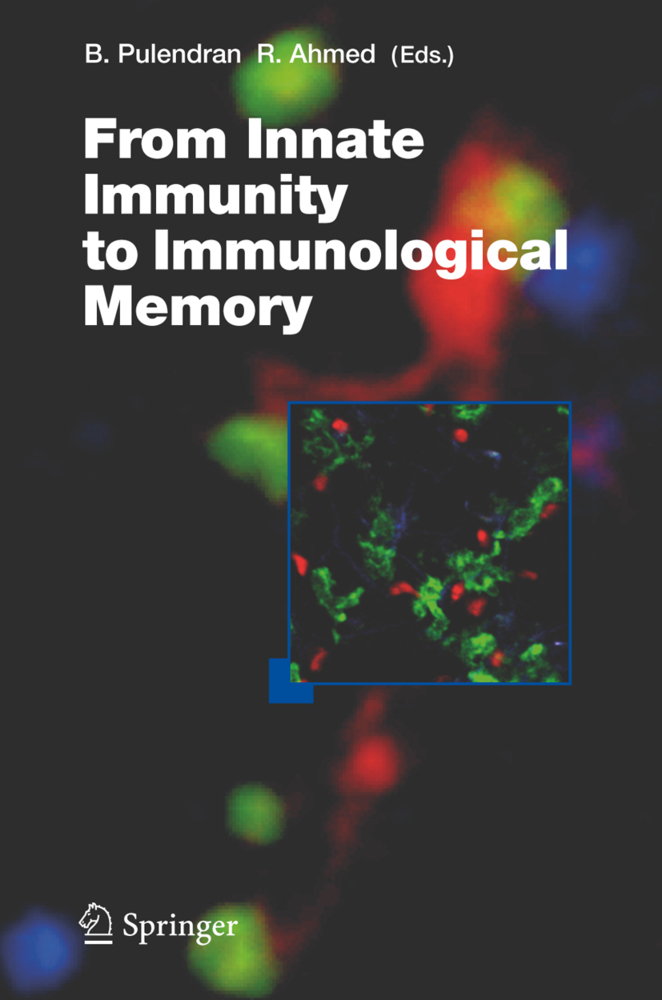Antibodies are indispensable tools for research, diagnosis, and therapy. Recombinant approaches allow the modification and improvement of nearly all antibody properties, such as affinity, valency, specificity, stability, serum half-life, effector functions, and immunogenicity. 'Antibody Engineering' provides a comprehensive toolbox covering the well-established basics but also many exciting new techniques. The protocols reflect the latest 'hands on' knowledge of key laboratories in this still fast-moving field. Newcomers will benefit from the proven step-by-step protocols, which include helpful practical advice; experienced antibody engineers will appreciate the new ideas and approaches. The book is an invaluable resource for all those engaged in antibody research and development.
1;Foreword;5 2;Preface;6 3;Contents;7 4;Bioinformatics of Antigen-binding Sites;11 4.1;Analysis of Single Chain Antibody Sequences Using the VBASE2 Fab Analysis Tool;12 4.2;Standardized Sequence and Structure Analysis of Antibody Using IMGT1;20 4.3;Protein Sequence and Structure Analysis of Antibody Variable Domains;41 5;Generation of Antibody Fragments and Their Derivatives;60 5.1;scFv by Two-Step Cloning;61 5.2;Bivalent Diabodies;66 5.3;Generation of Single-Chain Fv Fragments and Multivalent Derivatives scFv- Fc and scFv- CH3 ( Minibodies);74 5.4;Miniantibodies;90 5.5;Generation of Stably Transfected Eukaryotic Cell Lines Producing ImmunoRNAse Fusion Proteins;105 5.6;Antibody-Cytokine Fusion Proteins with Members of the TNF- Family;117 5.7;Recombinant Immunotoxins for Treating Cancer;131 5.8;T Bodies;151 5.9;Expressing Intrabodies in Mammalian Cells;164 5.10;Phenotypic Knockdown with Intrabodies;176 5.11;Disulfide-Stabilized Fv Fragments;184 5.12;PEGylation of Antibody Fragments to Improve Pharmacodynamics and Pharmacokinetics;193 5.13;Fusion Proteins with Improved PK;208 5.14;In Vivo Biotinylated scFv Fragments;220 5.15;Bispecific Diabodies and Single-Chain Diabodies;228 5.16;Generation and Characterization of a Dual Variable Domain Immunoglobulin Molecule;239 5.17;Isolation of Antigen-Specific Nanobodies;251 5.18;CDR-FR Peptides;267 6;Production of Antibody Fragments;277 6.1;Purification and Characterization of His-Tagged Antibody Fragments;278 6.2;Production of Antibody Fragments in the Gram- Positive Bacterium Bacillus megaterium;291 6.3;Analysis and Purification of Antibody Fragments Using Protein A, Protein G, and Protein L;298 6.4;Purification and Analysis of Strep-tagged Antibody- Fragments;313 6.5;Production of Antibodies and Antibody Fragments in Escherichia coli;327 6.6;Improving Expression of scFv Fragments by Co- expression of Periplasmic Chaperones;341 6.7;Bioreactor Production of scFv Fragments in Pichia pastoris;358 6.8;Expression of Antibody Fragments in Transgenic Plants;371 6.9;Transient Production of scFv-Fc Fusion Proteins in Mammalian Cells;381 7;Recombinant Antibody Molecules in Nanobiotechnology and Proteomics;393 7.1;Immunoliposomes;394 7.2;Targeted Polymeric Nanoparticles;410 7.3;Antibody Microarrays for Expression Analysis;422 7.4;Evaluation of Recombinant Antibodies on Protein Microarrays Applying the Multiple Spotting Technique;439 8;Preclinical and Clinical Development;453 8.1;Xenograft Mouse Models for Tumour Targeting;454 8.2;Xenograft Mouse Models for Tumour Targeting;468 8.3;Imaging Tumor Xenografts Using Radiolabeled Antibodies;482 8.4;Human Anti-antibody Response;498 8.5;IP Issues in the Therapeutic Antibody Industry;507 9;Appendix;572 10;Index;574
Kontermann, Roland
Dübel, Stefan
| ISBN | 9783642011474 |
|---|---|
| Artikelnummer | 9783642011474 |
| Medientyp | E-Book - PDF |
| Auflage | 2. Aufl. |
| Copyrightjahr | 2010 |
| Verlag | Springer-Verlag |
| Umfang | 589 Seiten |
| Sprache | Englisch |
| Kopierschutz | Digitales Wasserzeichen |











